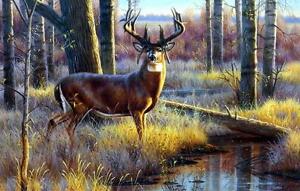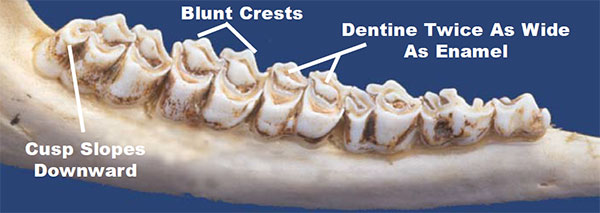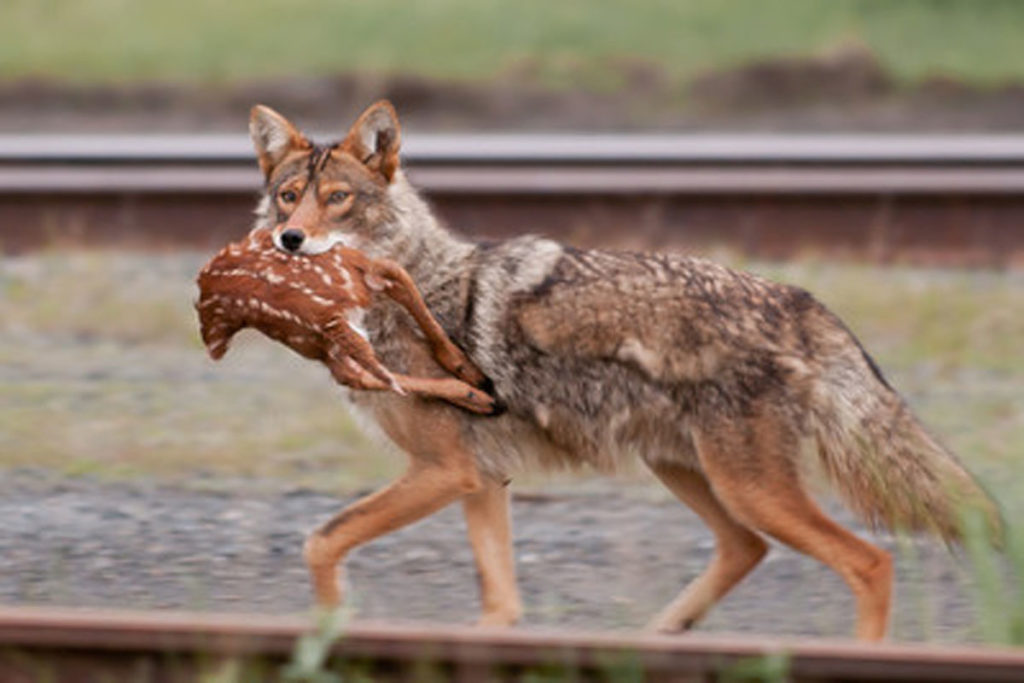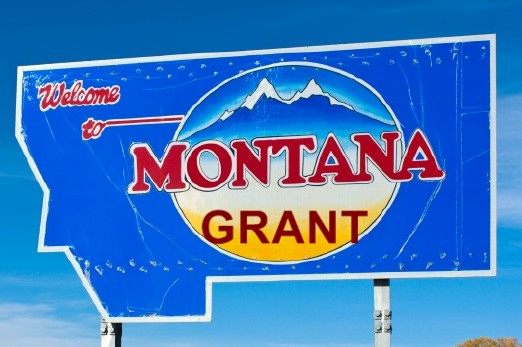15 Feb OLD DEER!!!
How long do deer live? Is their life measured in Dog Years? Does one deer year equal 7 human years? What is the oldest deer that you have harvested or heard of? Where are you most likely to find really old deer? Are the oldest deer the biggest trophies?

Most of the deer that I have harvested were under 5 years old. A couple may have been 7-8. Most harvested deer are younger than 4 years old. The oldest bucks that I could find records of were from Alabama and Texas! The biggest deer come from more northern climates or areas with huge food potential and sanctuary. Older bucks come from more moderate climates where habitat and food are prime.
Generally, Bucks have a shorter lifespan than Does. This seems to hold true for most species. Males are often larger than Does. This means more food is required and requires them to roam more often. The more they move, the more likely they encounter dangerous risks.
Captive, or protected deer have been known to live 23-24 years! Wild deer rarely live into their teens. Only 37% of public land bucks survive over 1 ½ years old. On private/ protected land, 75% of 1 ½ year old bucks survive deer season. The oldest deer tend to be Does. Aging is done by measuring the deer’s teeth wear. In the end, if a deer loses their teeth, from grinding wear, they will not be able to process browse, and will die.

Wild Texas deer have routinely been aged over 10 years old and up to 17. The deep swamps of Alabama allow deer to grow up to 14 years of age. Despite generous harvest quotas, old deer survive in dense, undisturbed cover.
Most deer mortality happens when fawns are the prey of predators like hogs, coyotes, dogs, cats, bears, traffic accidents, abandonment, exposure, and weather. Many fawns live less than 3 months. After the deer are over 1 ½ years old, mortality is highest from humans. This includes hunting, vehicle impacts, disease, and habitat destruction.
When a new housing project or mall gets built, the clearcutting forces deer to migrate. That means crossing high traffic areas, and unknown dangers. All wild critters are in the same boat. Hunters harvest the older deer, but these deer are also used for consumption as a renewable resource. Other predators are closing the mortality gap. Coyotes are a growing major predator. Deer can live on 3 or so acres but where do they run when pursued by a pack of predators?
Trophy hunting and quality deer management are allowing bucks to age beyond 3-5 years old. Since Bucks between 3-6 have the best racks so younger, smaller racked bucks are not harvested. After 6-7 years of age, Bucks tend to have smaller and less perfect racks. Prime trophy racked bucks are in the 5-7-year-old class.
Older Does are common. Usually the bigger does are the older and more dominant deer in the herd. 5-8-year-old Does are common. The oldest deer tend to be Does after this age. Older Does are often sterile and can no longer reproduce. Older deer also tend to be tougher eating. OLD Big Bull Elk can be awful eating. The purple, muscle meat is tough, chewy, and hard to enjoy even when ground. The same is true with older bucks.
Older deer are more susceptible to predation. Predators prey on the old, sick, injured, or vulnerable deer in the herd. Therefore, fawns are very vulnerable.

Farm raised deer can live way longer than wild deer. Their diets and nutritional needs can be addressed. Deer can routinely live to 15 years old on a protected and managed farm. Antler growth can be extended thanks to these protections and care. These managed herds can be very healthy. It is important that the farm managers know their business when supporting deer populations for quality populations. The quality of their meat is also improved, since they do not have the same dangers as wild deer. Less migration, roaming for food, and stress, allow for older and better meat.
Older generally means wiser. Memory is a huge part of a Bucks survival. They may not understand a story, but they can surely remember things that represent dangers. The one thing that is an annual demise, is the Rut! The desire to breed is the downfall of many a Big Buck! This is also the demise of many a deer hunter!
Age makes the heart fonder!
Montana Grant
For more Montana Grant, grow old with him at www.montanagrntfishing.com.


